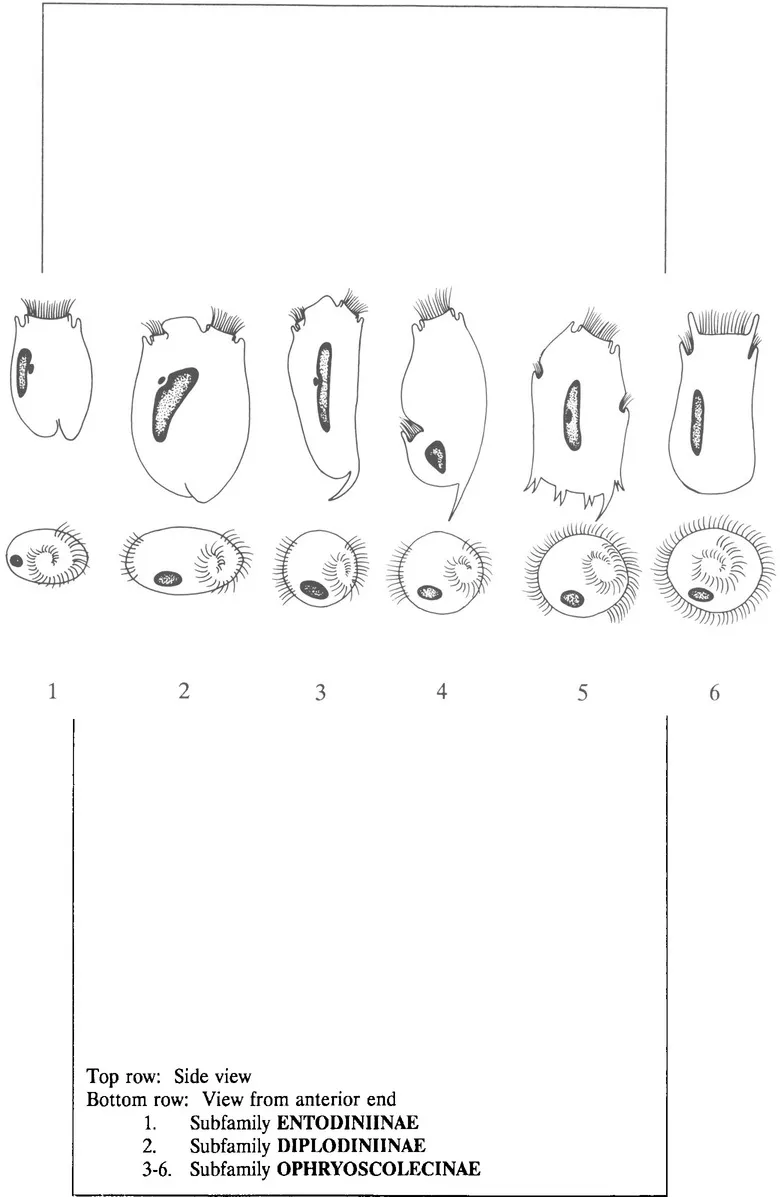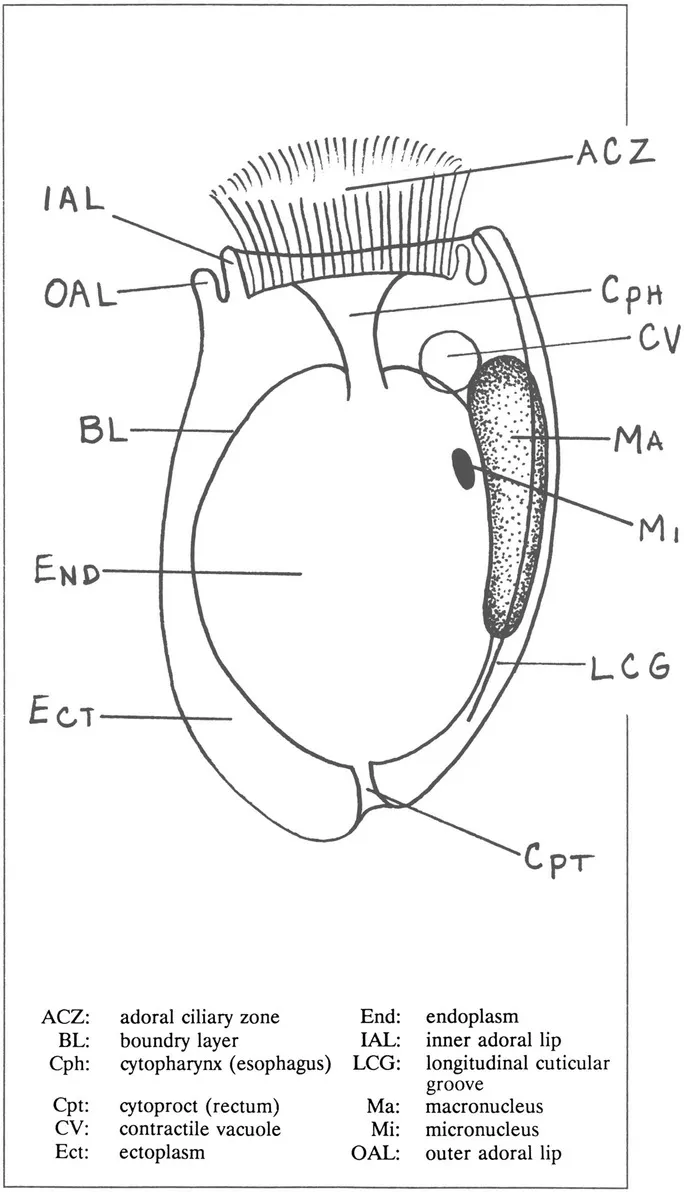
Laboratory Manual for Classification and Morphology of Rumen Ciliate Protozoa
- 128 pages
- English
- ePUB (mobile friendly)
- Available on iOS & Android
Laboratory Manual for Classification and Morphology of Rumen Ciliate Protozoa
About This Book
The only rumen protozoa lab guide featuring line drawings created by a leading scientist in the field
Laboratory Manual for Classification and Morphology of Rumen Ciliate Protozoa is a unique lab guide for learning how to count and identify rumen protozoa. In this guide, Professor Dehority has created line drawings of rumen protozoa that emphasize morphological features and size measurements. The book also provides keys for identifying genera and species, and it contains classifications and descriptions of the different orders and families of rumen ciliate protozoa. Procedures for counting rumen protozoa and identifying individual species are included as well.Laboratory Manual for Classification and Morphology of Rumen Ciliate Protozoa will be an excellent identification guide for protozoologists, microbiologists, dairy scientists, and any researcher or student working with rumen protozoa.
Frequently asked questions
Information
Family Ophryoscolecidae

Subfamilies of Ophryoscolecidae

Subfamily Entodiniinae
- The presence of a single oral (adorai) ciliary zone.
- Lack of skeletal plates.
- Position of macronucleus - lies between micronucleus and closest body side.
- Position of the contractile vacuole.
- Body length - Body length is designated as the distance between the anterior pole of the body and the anal opening.
- Body width.
- Ratio of body length to body width (L/W).
- Length of macronucleus - The distance, on a straight line, between the anterior and posterior tips.
- Shape of macronucleus.
- Location of micronucleus.
- Overall shape of cell.


Key for Commonly Occurring Species of Entodinium
- With one or more caudal spine-like projections.................... 2Without caudal spine-like projections.................... 7
- Single heavy spine on posterior left side; contractile vacuole directly anterior of macronucleus.................... Entodinium rostratumOne long spine on posterior right side; one or more lobes on posterior left side.................... 3
- Contractile vacuole adjacent to anterior left edge of macronucleus.................... 4Contractile vacuole near middle of body to the left of triangular groove on right side of upper surface.................... 5Contractile vacuole near middle of body, to the left of distinct narrow groove on right side of upper surface, which extends anteriorly to outer adorai lip.................... 6
- A pointed to slightly rounded lobe on posterior left side .................... Entodinium caudatum forma loboso-spinosumPointed to slightly rounded lobes on both upper and lower posterior left side.................... Entodinium caudatum forma caudatum
- A pointed to slightly rounded lobe on posterior left side ..........
Table of contents
- Cover
- Title Page
- Copyright Page
- Contents
- Preface
- Classification of Rumen Ciliate Protozoa
- Key for Identifying Genera of Rumen Protozoa
- Rumen Protozoa in the Orders Prostomatida (Family Buetschliidae) and Trichostomatida (Families Isotrichidae and Blepharocorythidae)
- Rumen Protozoa in the Order Entodiniomorphida
- Family Ophryoscolecidae
- Procedure for Counting Total Protozoan Numbers in Rumen Contents